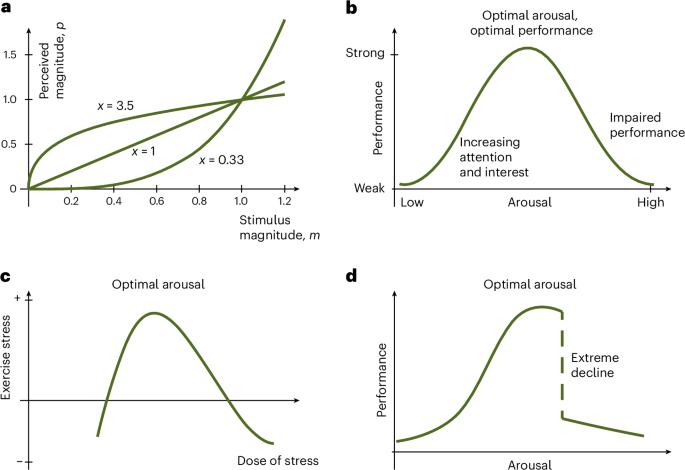A generalized relationship between dose of greenness and mental health response
引用次数: 0
Abstract
Exposure to green spaces is a boon to urbanites. Over the last four decades, an increasing number of researchers have shown interest in exploring the relationship between the dose of greenness and mental health response. Early studies suggested a linear dose–response relationship, making it challenging to identify the most beneficial doses of greenness. However, findings from a rapidly growing body of recent research indicate the possible existence of a generalized curvilinear pattern. Despite this, these studies have used varying measures and contexts, resulting in inconclusive evidence. Without fully understanding the nature of the relationship, we do not know how to allocate green landscape resources to maximize mental health benefits. This study aimed to identify a generalized pattern to describe the dose–response relationship between urban greenness and mental health. Through a meta-analysis of all relevant studies, we found sufficient samples to generalize the dose–response curve for greenness intensity. Our analysis revealed that a quadratic pattern best fits most of the published greenness curves, and we identified the highly beneficial and best doses of eye-level greenness and top-down greenness. This study identifies and rationalizes a generalized quadratic pattern describing the dose of greenness–mental health response curves, addressing a critical knowledge gap across multiple fields. In practice, a moderate ‘dose’ of urban greenness exposure provides the most salubrious supply of mental health benefits. With nature in cities, as with the chemicals we ingest, the dose can make the difference. This analysis looks across other studies to find that, in practice, a moderate ‘dose’ of urban greenness provides the greatest mental health benefits.

绿色剂量与心理健康反应的广义关系
接触绿色空间对城市居民来说是一件好事。在过去的四十年里,越来越多的研究人员对探索绿色剂量与心理健康反应之间的关系表现出兴趣。早期的研究表明了一种线性的剂量-反应关系,这使得确定最有益的绿色剂量变得具有挑战性。然而,最近越来越多的研究表明,可能存在一种广义的曲线模式。尽管如此,这些研究使用了不同的测量方法和背景,导致不确定的证据。如果不充分了解这种关系的本质,我们就不知道如何分配绿色景观资源以最大限度地提高心理健康效益。本研究旨在确定一种描述城市绿化与心理健康之间剂量-反应关系的广义模式。通过对所有相关研究的荟萃分析,我们找到了足够的样本来概括绿色强度的剂量-反应曲线。我们的分析表明,二次型模式最适合大多数已发表的绿化曲线,我们确定了高度有益和最佳剂量的眼睛水平绿化和自上而下的绿化。本研究确定并合理化了描述绿色-心理健康反应曲线剂量的广义二次型模式,解决了跨多个领域的关键知识差距。在实践中,适度的城市绿化暴露提供了最有益的精神健康供应。对于城市中的自然,就像我们摄入的化学物质一样,剂量会造成差异。该分析通过其他研究发现,在实践中,适度的城市绿化提供了最大的心理健康益处。
本文章由计算机程序翻译,如有差异,请以英文原文为准。
求助全文
约1分钟内获得全文
求助全文

 求助内容:
求助内容: 应助结果提醒方式:
应助结果提醒方式:


